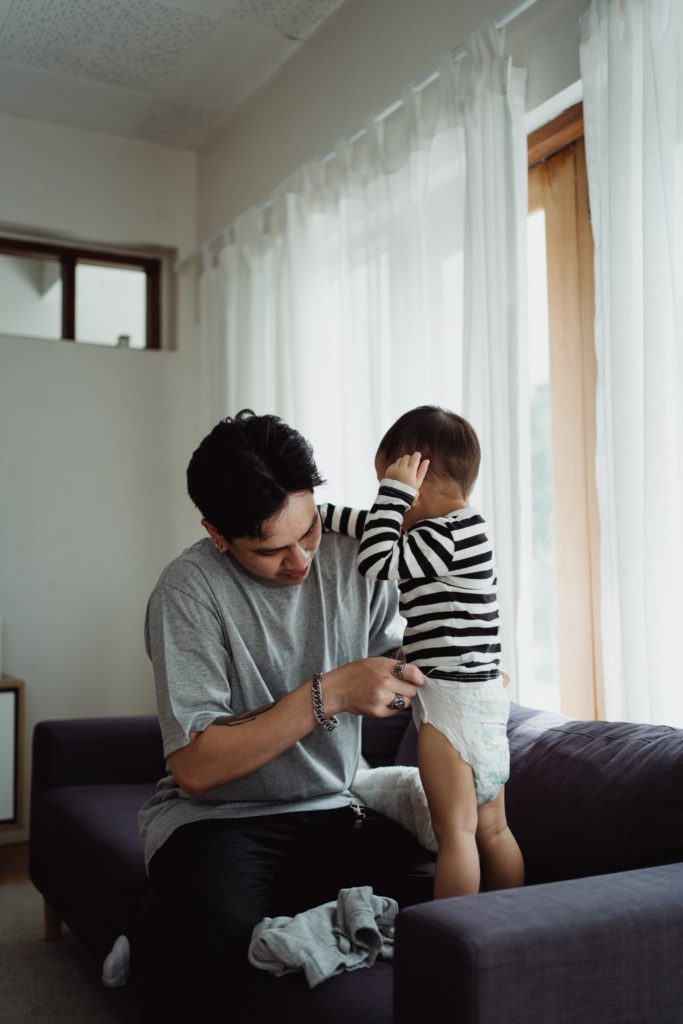Howard Fischer
Uppsala, Sweden
“Enjoy when you can, and endure when you must.”
– Johann Wolfgang von Goethe

The stereotypical image of the “medical couple” is changing: it is no longer the doctor-husband and his nonphysician-wife. This change is permanent and will accelerate, since 60% of American medical students1 and 54% of physicians2 are women.
Eighty percent of US physicians are married. One fourth of female physicians and 16% of male physicians are married to other physicians.3 In a 2014 study of ten dual-doctor couples,4 four of the pairs married while in medical school and four in residency. The men stated that it helped to be married to someone who understood what medical training and practice are like. It was also considered an advantage for their children to see parents who “love their work.”5 Twenty percent of these kinds of marriages, however, end in divorce.6
About 65% percent of married women physicians are married to men who are neither physicians nor have any connection to health care.7 Only 5% of these nonphysician husbands are stay-at-home fathers. Some of these men state they feel isolated and do not think their doctor wives pay enough attention to their relationship.8 But men who are nonmedical spouses, generally speaking, are protective of their wives’ careers, even though some report they are asked “in a condescending way, ‘What do you do?’” The idea of a stay-at-home father still seems “confusing and odd” to many people.9
Based on responses from a small qualitative 2013 study, the nonmedical husband has three concerns.10 The biggest one is the lack of time he can spend with his spouse. A physician—especially one in training—may work long hours (50–80 hours per week) and have an inflexible schedule. “The patient always comes first,” said one nonmedical husband. “If you’re going to marry a physician…you have to be ready to accept that.” Physician husbands are more understanding of the time requirements of their wives.
The next concern is that he is in the “default” position. He needs to attend to the responsibilities not related to medical training or practice. This includes household chores, organizing family events, and caring for the children. Some men in this situation do realize that their wife has just worked for twelve hours and has not been with her children all day.11 They may still be somewhat resentful of the responsibilities. Two doctors who work fulltime and have children need responsible family members nearby, or paid childcare.
The third area of potential discontent is the feeling that the physician spouse has a “career,” and the nonmedical one “has a job.” The nonphysician spouse sometimes feels that they “have sacrificed a good part of their early career” to support the physician’s career. They may have had to move to a different city because of her training or practice needs.12 They may find support in this area from other men in their situation or from neighbors.
From the limited research done on the subject, it appears that nonphysician spouses, men and women, experience similar challenges. It helps to have “dedication,” “flexibility,” “a resilient attitude,”13 and to acknowledge the idea that the spouse’s training has an enormously important role in their lives.
References
- Brendan Murphy. “Women in medical school: Dig into latest record-breaking numbers,” American Medical Association, September 29, 2021. https://ama-assn.org/education/medical-school-diversity/women-medical-schools-dig-latest-record-breaking-numbers.
- “Doctor demographics and statistics in the US,” Zippia, 2022. https://zippia.com/doctor-jobs/demographics/.
- “Why doctors marry doctors: Exploring medical marriages,” American Medical Association, February 13, 2020. https://ama-assn.org/medical-residents/medical-resident-wellness/why-doctors-marry-doctors-exploring-medical-marriages.
- Parker Brown. “Doctors’ spouses: What’s not to like?” Medpage Today, August 19, 2014. https://medpagetoday.com/psychiatry/generalpsychiatry/47289.
- Brown, “Doctors’ spouses.”
- Lydia Chavez. “Doctors’ husbands adjust to roles,” NYT, August 26, 1979.
- “Why doctors marry doctors,” American Medical Association.
- Bethany Boulton. “A physician’s husband’s place is in the home,” Medical Republic, September 8, 2021. https://medicalrepublic.com.au/a-physicians-husbands-place-is-in-the-home/53059.
- Amy Rakowczyk. “The male medical spouse,” Student Doctor Network, June 8, 2019. https://studentdoctor.net/2019/06/08/the-male-medical-spouse/.
- Carol Isaac et al. “Male spouses of women physicians: Communication, compromises, and carving out time,” Qual Rep, 18, 2013.
- Rakowczyk. “Male medical spouse.”
- Isaac et al. “Communication.”
- Rakowczyk, “Male medical spouse.”
HOWARD FISCHER, M.D., was a professor of pediatrics at Wayne State University School of Medicine, Detroit, Michigan.

Leave a Reply